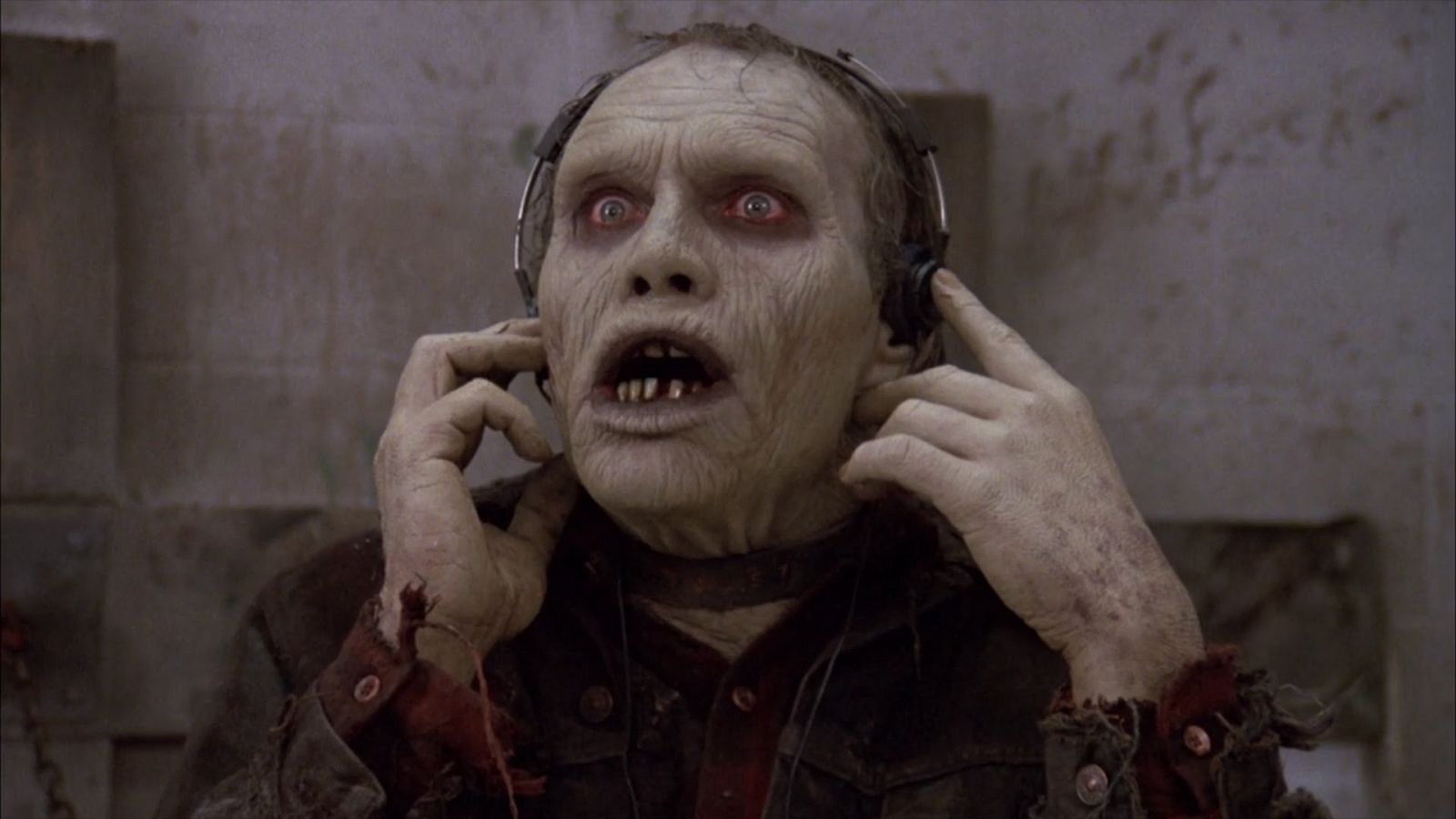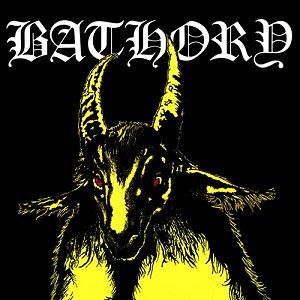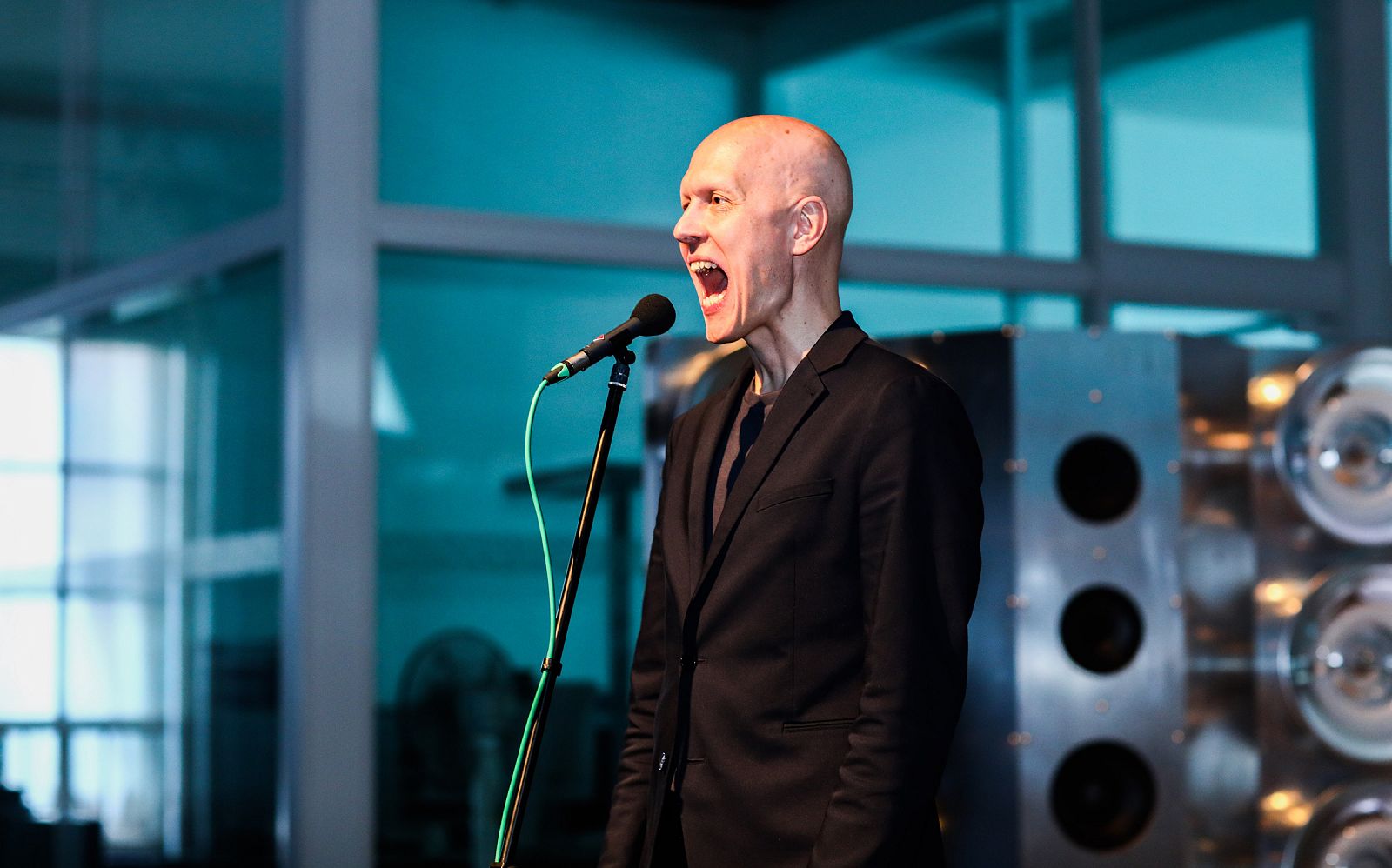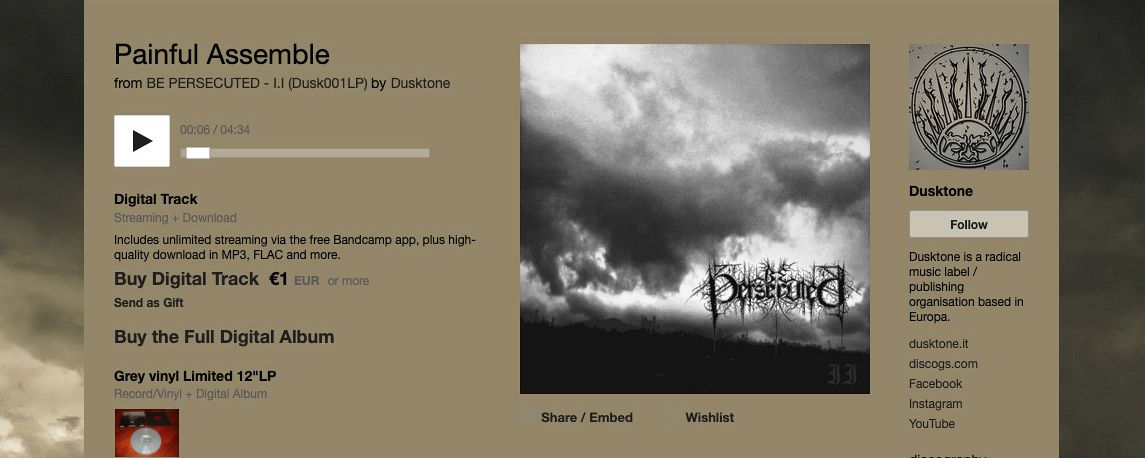I’ve been waiting for a torrent of Train to Busan 2. I saw a bootleg version before and it is indeed what many reviews call a “Hollywood blockbuster.” Which sounds disappointing, I know. Hollywood blockbusters usually have two characteristics: 1) all disasters are external, so one needs only improve or strengthen oneself in order to 2) take violent actions against bad guys, that is, the unassimilable, pernicious, and most stubborn Other. In this sense, the key to Hollywood blockbusters is ethical violence.
That said, the first Train to Busan was not a traditional zombie movie. The zombies in the movie are mostly played by professional dancers, who stumble along and yet somehow maintain balance, whose extraordinary poses convey a kind of beauty. Let’s remember that modern zombies were born in Pittsburgh, Pennsylvania. There, George A. Romeo shot Night of the Living Dead (1968), Dawn of the Dead (1978), and Day of the Dead (1985). Anybody could have been his zombies—you might have encountered many people in Pittsburgh who played them—white-collar workers, students, waiters, artists… So long as you painted your face white and stumbled around. Nobody cared about the clumsiness of these nonactors. In fact, their clumsiness was perfect for their roles, remaining in collective consciousness ever since.
Beauty is a special thing. It’s not ubiquitous, at least not in nature. Beauty is also a historical concept; it has been passed on and reinforced by the powers that be. Clumsiness might be the antithesis of beauty.
As for violence, the only true ethical violence is destruction of one’s own ego.
Perhaps some people like to watch zombie movies to see the good guys slaughter monsters. Personally, I enjoy getting to know more about the zombies themselves, especially the sounds they make. These sounds can also be heard in other places. The background music in Dario Argento’s Suspiria (1977), for example, uses the hoarse screams of supernatural beings who vie for immortality—again, they’re the Other, like zombies. Their voices are cold, scratchy, and inhuman, almost white noise. Or more accurately, black metal vocals.
So what do black metal vocals sound like? In the first album of the Swedish band Bathory, for the very first time, the heavy metal music is accompanied by a sound like electronic noise, which mainstream music usually tries to avoid because it defies the conventions of music; rather, it connects music to our empirical reality. Moreover, in the genre of raw black metal, all the sounds are tough. That’s right—black metal vocals are a glitch in modern human civilization, an electronic noise with no practical function.
Vocal cords broken, throats pressed, and tongues dysfunctional, zombies nonetheless keep trying to push air out of their lungs (I guess it’s just air because it’s unlikely that they can separate oxygen and carbon dioxide.) Their sound defines them in two ways, indicating that: 1) they lack biochemical reactions and bioelectricity; 2) they have lost their language. That is to say, zombies are reduced to non-humans while maintaining human forms. As Zhuang Zi put it, everything comes from and enters into jī (机, the great Machinery, of Evolution), and perhaps “there is some secret spring, in consequence of which they cannot be but as they are.”1From Zhuang Zi’s “Perfect Enjoyment” and “The Revolution of Heaven.” English translation by James Legge. Human forms can be transformed, but zombies seem to have lost their Machinery (opportunity) to turn into humans. Alas!
There are exceptions though. Day of the Dead is one of them, as well as the Korean comedy-horror The Odd Family: Zombie on Sale (2019). Both movies address the opportunities within the Machinery that may allow zombies to recoup some of their humanity. This is what Chinese people call a slim possibility of jī. (P.S. Day of the Dead deconstructs zombies’ language, brains, and behaviors. I won’t elaborate on this here.)
Alright. Why are zombies almost but not quite human? These humanoid forms still retain the basic desire to eat and the habit of speaking, although the food they eat cannot be converted to energy and the sounds they make do not convey any information. However, the vestiges of life still persist. It’s all too human: Doesn’t everyone, to some extent, cling to their sense of self, their dreams?
In this regard, zombies are not external invaders; rather, they are human forms that are dimensionally reduced (borrowing a term from Liu Cixin’s The Three-Body Problem) from humans. They are different from humanoid robots, serpent-beings in Chinese mythology, or the Thing from John Carpenter’s 1982 eponymous movie.
About ten years ago, I had a conversation about zombies with several artists and critics at a friend’s screening event. Some of them couldn’t even pronounce “zombie” correctly, which made me suspect whether they had watched any zombie movies at all.
But people really do care about zombies. Artists, even the uber-wealthy ones, are all concerned with the human condition as an expression of goodwill. Besides, everyone shares a similar sensitivity to how the plight of zombies mirrors that of humans. The million-dollar question is: do we care about humans, or do we care about zombies from our privileged position as humans? If we really care about humans over zombies, then what is a human? Who counts as human and who doesn’t? It’s 2020. I watch the news every day on my phone. If you told me everyone is human, I wouldn’t believe you.
Perhaps we are afraid of losing our humanity. Afraid of becoming refugees, zombies, those who cannot afford treatment to maintain our basic humanity, those who cannot even speak clearly. Perhaps we are afraid of losing our capacity to appreciate beauty, our taste and intelligence disappearing overnight along with our morality, as well as the quotes from Lu Xinghua and Giorgio Agamben that you had put so much time memorizing these past two years… No. It’s too harsh to think in this way. Perhaps what we are ultimately afraid of losing is our ability to love, our relationship to the earth, and the possibility of enlightening and connecting with one another in this hell.
Following the most basic dichotomic logic of survival, we might still want to kill zombies no matter what—to destroy hell or to protect the human world. The tension between human and zombie, between subject and object, and between the Self and the Other, has led to some of the most moving art in the recent years.
Clearly I’m not very interested in being moved. Not to say that I can’t be moved, but rather I don’t understand it. I don’t know how to play any instruments, nor do I know how to read sheet music. I’m no good at software. To move someone requires technique. At least in terms of music, I lack the necessary skill. Therefore, I’d like to speak up for music that’s not moving. Zombies need some love, after all.
My friend Christian Kesten does a lot of vocal performances. He usually stands in front of the mic, stays focused, opens his mouth wide, and takes a deep breath in and out. Certain mouth shapes make certain sounds. Once the shape changes, the sound changes. They are all made by airflow—ah, oh, ee, ei—like vowels, but reduced to sound forms.
In other words, they are closer to white noise.
There’s a long history of using the human body as an instrument or tool. In Western classical music, the castrato is one example. Or take, for instance, those great pianists who gave up living like normal humans from a very young age. So on and so forth. That’s the cost of gaining sophisticated techniques. Then there’s vocal instrumentalization. Singers practicing this technique have had to learn to make all sorts of weird sounds, mainly noises, starting in the 1950s. The most human corner in music has actually been eliminating humanity. This has happened in parallel with extended techniques. While all instruments are being exploited for extended techniques, they need to make not only traditional instrumental sounds but also all sorts of other sounds. Instruments have lost both their humanity and their divinity; they have become merely noise machines.
The loss of humanity counts as a type of degradation, doesn’t it? Those who believe in humanity and subjectivity, those who hold on to love and passion, still wish to grasp the last thread of hope. However, that type of art still happens in a pretty radical way. As Satoshi Kon expressed in Paranoia Agent, “My destiny is that there’s no place for me anymore.”
Before my friend Kesten’s white-noise vocals, there was another phase of vocal art that was developed in improv music performance. It happened after and outside of the academic style. It’s insanely vibrant, fantastic, and unpredictable, similar to how gestural painting was freed from figuration. It’s abstract expressionism in music, the rock-and-roll of contemporary art. I call it a fiery release from existential crisis. In contrast, white noise even cancels the subjectivity of noise. It accelerates instrumentalization instead of resisting it; why not take degradation to an extreme level?
Of course, my friend doesn’t bite. He just releases excess energy through his performance, letting go of basic forms of language and life activities.
Uh oh… I’ve exceeded the word limit … I was going to talk about this summer’s The Big Band [a Chinese musical competition show] although I haven’t watched it… but I did write a song that goes, “love winter while in summer; I love the zombie in my human body…”
Well. Here we go in 2020. I no longer believe in something like hope. Although there’s little room left for being a human, I feel more grounded. It’s my basic initiative as a human. As a human living in this reality—a human who is not intact or free, nor capable of flying, predicting the future, or speaking 200 languages—I believe that humanity is mortal and nothing more than an continuously evolving illusion. What is human? Before answering this question, we need to first get rid of our melancholic tears.
To say this in a less-human way, I need to prevent my existential crisis from turning into romantic dichotomy, even at the cost of being clumsy and stumbling along, and being left behind by the Big Band from spring to summer to fall till winter.
If no one cared about zombies, you’d be destined to become one. But I’m sure you have all taken Philosophy 101. Just change “zombies” to “the Other.”
Translated from the Chinese by Mengna Da.
Yan Jun, musician and poet, based in Beijing. yanjun.org
He creates experimental music using noise, body, and concept as main materials. He has published dozens of albums and books. With frequent live music events touring around the world, his works have also been presented in various exhibitions. He is the founder of Sub Jam (www.subjam.org), a label focusing on experimental sound practice.
Mengna Da is a curator, writer, and content creator, based in Brooklyn. Lately, she is researching on socially engaged art and fandom culture. da-mengna.com



